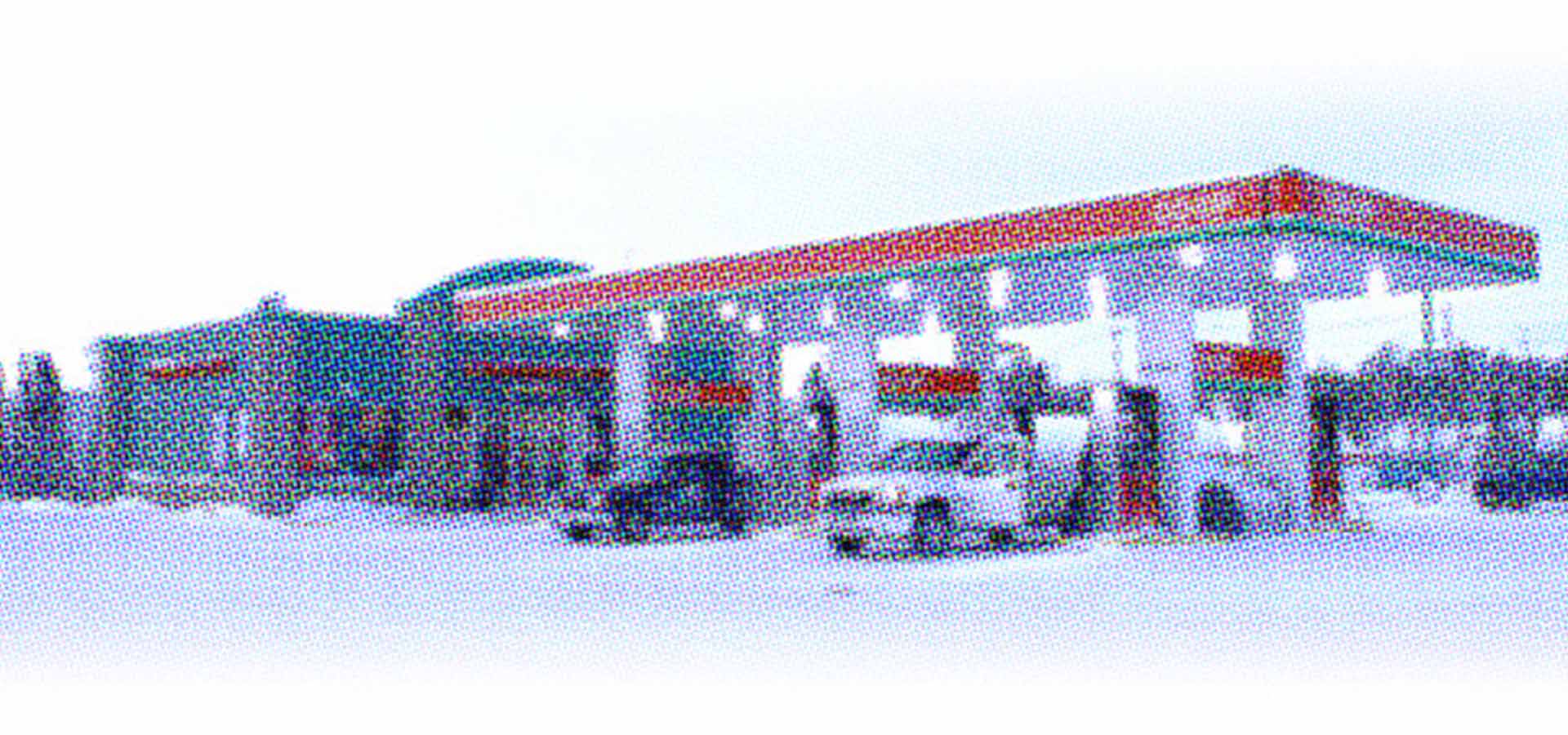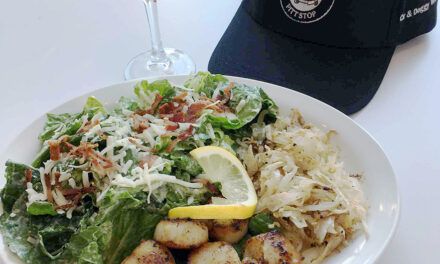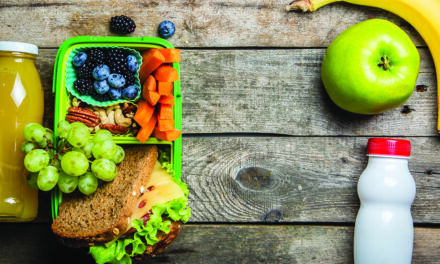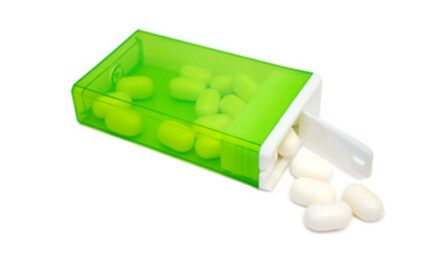
Six areas to target when winterizing your fuel site

Six areas to target when winterizing your fuel site
The same holds true for fuel retailers as they prepare their sites for the inevitable onslaught of winter’s chill. The ones who successfully emerge in spring with a site that has stayed operational throughout the cold, dark winter months are those that have taken every precaution to ensure that the equipment used in their fuel-dispensing systems is capable of withstanding the extreme conditions.
This means that completing a thorough top-to-bottom or above- to-below-ground – evaluation of the equipment to determine whether or not it will be able to handle whatever Mother Nature intends to dish out is critical prior to the harsh winter months. Any interruptions in service will be detrimental to the bottom line and the site’s reputation as a reliable provider of motor fuel to the driving public, no matter the weather conditions. Here are six areas to evaluate now:
1. NOZZLES
Let’s start with the most obvious manifestation of the driver-retailer relationship: the fueling nozzle. Granted, nozzles are subject to abuse no matter the conditions, but as the temperatures tumble there is an increased risk that they will malfunction. Winter gasoline formulations can also contain different additives than the summer version, which will affect nozzle operation. That’s why nozzle manufacturers have developed what are known as extreme cold versions of their products. These nozzles are UL Canada (ULc) listed and approved for use with winter fuel formulations and in temperatures as low as -54ºC (-65ºF). They also maintain the operational benefits that denote a reliable, durable and versatile nozzle, including compatibility with gasoline, diesel and 10 per cent ethanol blends, no fuel flow allowed until the system is properly pressurized, automatic shutoff, and advanced hold-open-clip technology.
2. SWIVELS AND BREAKAWAYS
Like nozzles, swivels and breakaways are under constant assault from the elements. Therefore, it is recommended that retailers use ULc-listed swivels and breakaways that have also been approved for use in cold-weather climates. A recent advancement in breakaway design and operation is the reconnectable model. In the event that the breakaway should disconnect, such as during a drive-off incident, it can be easily reconnected through push-twist-click technology: simply realign the valve, push in and twist until you hear the audible click. This simplifies the reconnection process, which means less time spent in the cold by the operator, while also increasing safety since fuel flow is stopped automatically when the breakaway separates.
3. EMERGENCY SHUT-OFF VALVES
A pulled-over or dislodged dispenser will likely result in damage to the unit’s emergency shut-off valves. In extreme cold, frost heave can cause movement of dispensers and piping, which can lead to the formation of hairline cracks in the valve’s body, which will create potential leak points. Newer emergency shut-off valve designs surround the valve body with a bladder that is designed to contain any fugitive fuel. This capability helps reduce the risk of fire, explosion, personal injury, property damage, environmental contamination, product loss and cleanup costs, all of which can occur no matter the weather conditions.


4. MANHOLE COVERS AND MULTIPORTS
When the snow falls, the snowplows roll, and while they play an important role in ensuring that the fuel site is accessible to drivers, they can also do significant damage to the manholes and multiports that dot the forecourt’s surface. A new generation of manhole covers and multiports can eliminate the potential for snowplow-caused damage. These components have been designed to be entirely flush with the forecourt surface when installed, which lowers the risk that a plow blade can catch on them. Their watertight seal also reduces the chance that there will be ice buildup on the lip or frame where the cover sits, which will prevent water from intruding into the spill-containment area.
Manufacturers have also found great success in constructing their newer manhole covers of lightweight fiberglass composites, instead of traditional steel. One of the major benefits of fiberglass is that it has a lower coefficient of thermal expansion than steel. In other words, after many years of use in widely varying weather conditions, steel covers will tend to become bowl-shaped. In the winter, this allows water to gather on the cover and freeze, creating a slip-and-fall hazard. With fiberglass composites, on the other hand, the coefficient of thermal expansion is much more forgiving, with every change in temperature of 1ºC resulting in a negligible expansion or contraction of the cover by 0.0000054 centimeters. This makes fiberglass-composite covers ideal for use at fueling sites with temperatures as low as -50ºC (-58ºF).
5. SPILL CONTAINERS
Next-generation double-wall spill containers have obvious benefits in preventing fuel leaks or spills from turning into catastrophes. Their design also gives them advantages when used in cold-weather installations. If damaged by a snowplow, the ring that supports the container’s sealable cover at the forecourt surface can simply be removed and replaced with a new one in a matter of minutes, rather than forcing the operator to replace the entire spill container, which is the case with older technologies.
6. UNDERGROUND FUELING SYSTEMS
New fueling sites will continue be built in winter and existing ones will need to be maintained or upgraded. This creates opportunities for site owners to consider installing a completely integrated, environmentally secure underground fuel-delivery system. These so-called loop systems feature pre-fabricated, factory-assembled components that require dramatically less labor time (hence, less time spent in the cold) and associated costs, while reducing the chances that installation errors will occur. The integrated piping-system design facilitates easy inspection, identification and repair of any problems that may develop, which also creates enhanced leak-prevention capabilities.
CONCLUSION
The task for fuel retailers is the same no matter what time of year: keep the site operating at its highest level of efficiency, effectiveness and availability. It can be harder to achieve that state of operational nirvana during the winter, when the weather can undoubtedly affect the operation of above- and-below-ground fuel-dispensing equipment and systems. Therefore, it would be wise for fuel-site operators to consider upgrading their systems with components that have been designed to ward off winter-based attacks, whether they be from an Alberta Clipper storm or an overzealous snowplow driver.
Ed Kammerer is the director of Global Product Management for OPW, based in Cincinnati, OH, USA. He can be reached at ed.kammerer@opwglobal.com. OPW is leading the way in fueling solutions and innovations worldwide. OPW delivers product excellence and the most comprehensive line of fueling equipment and services to retail and commercial fueling operations around the globe. For more information on OPW, please go to OPWGlobal.com


































